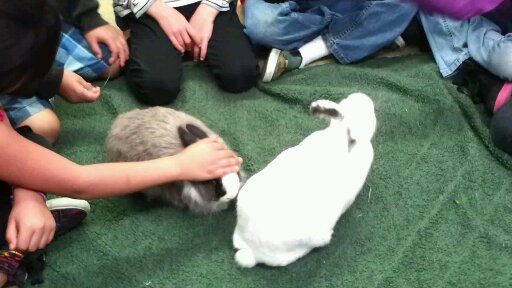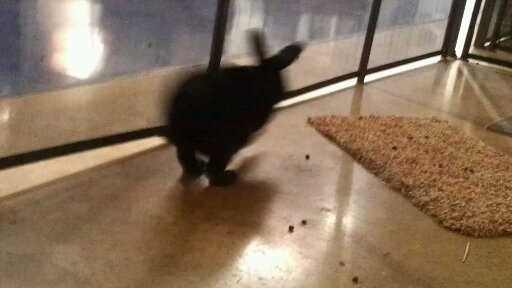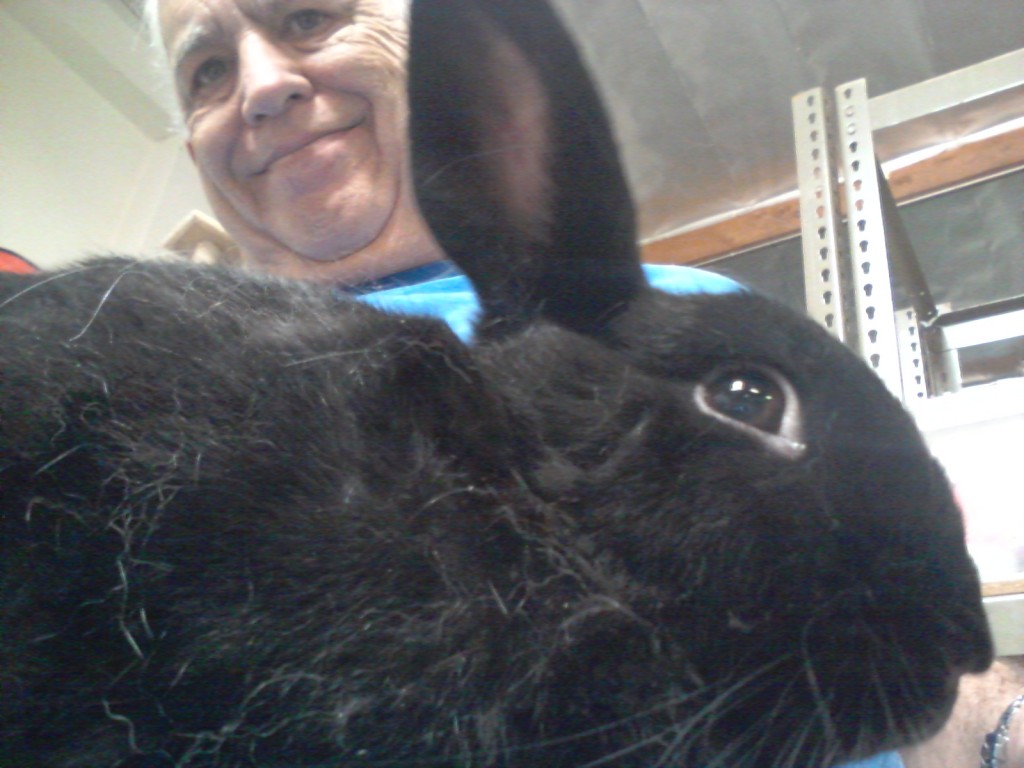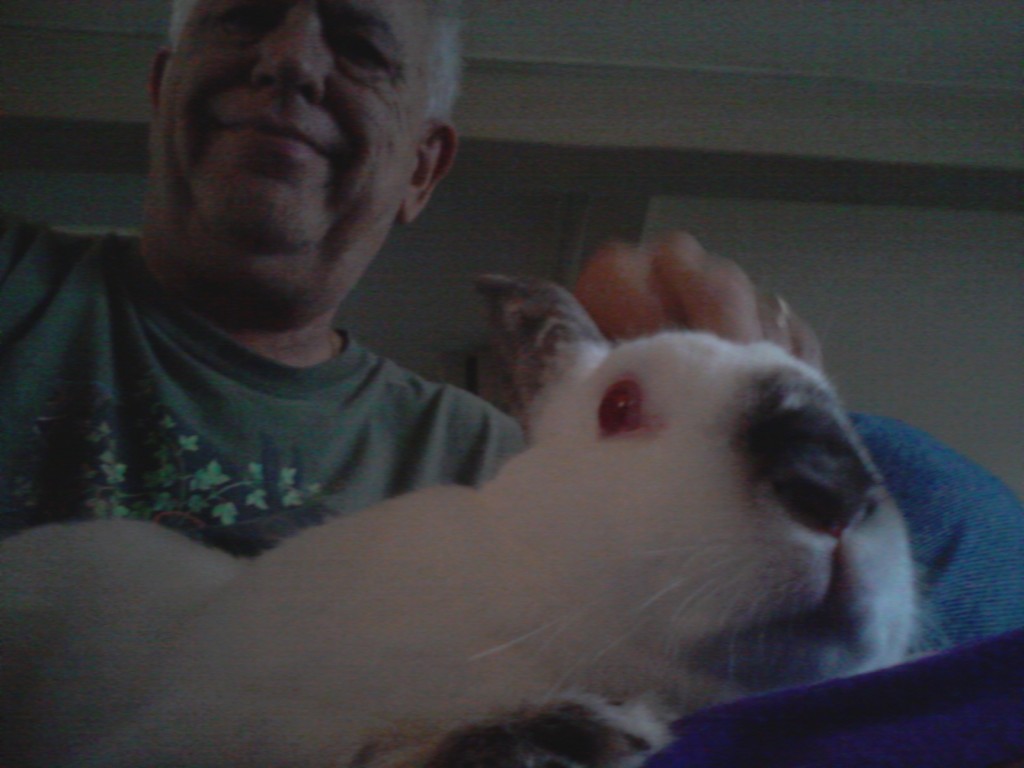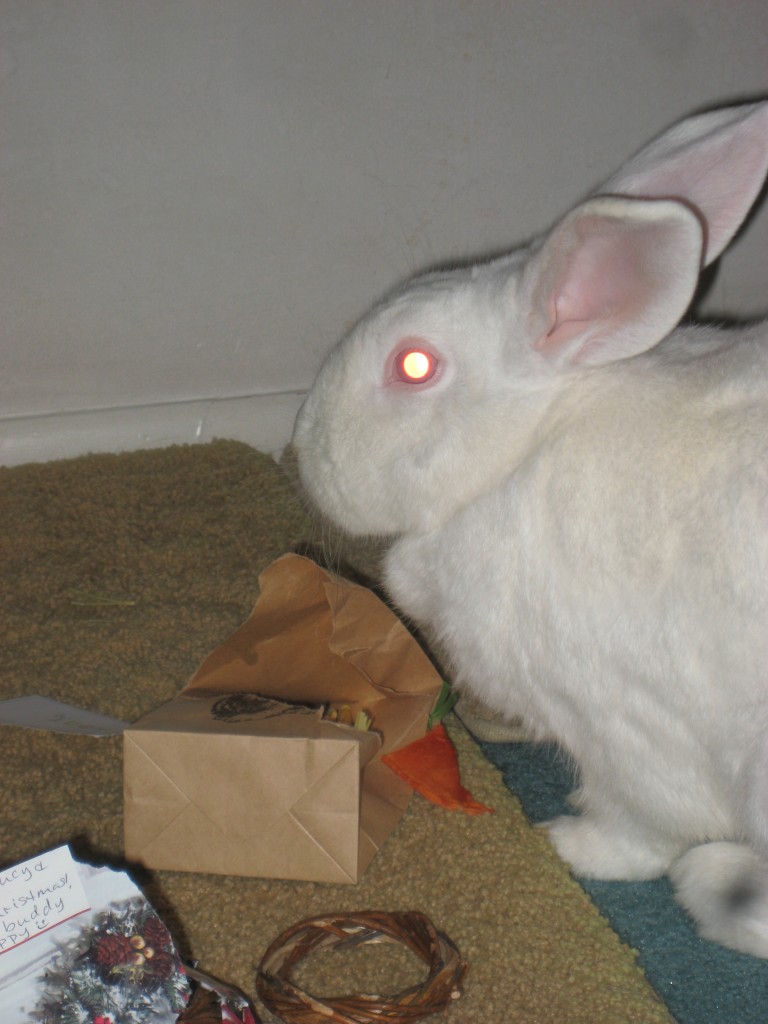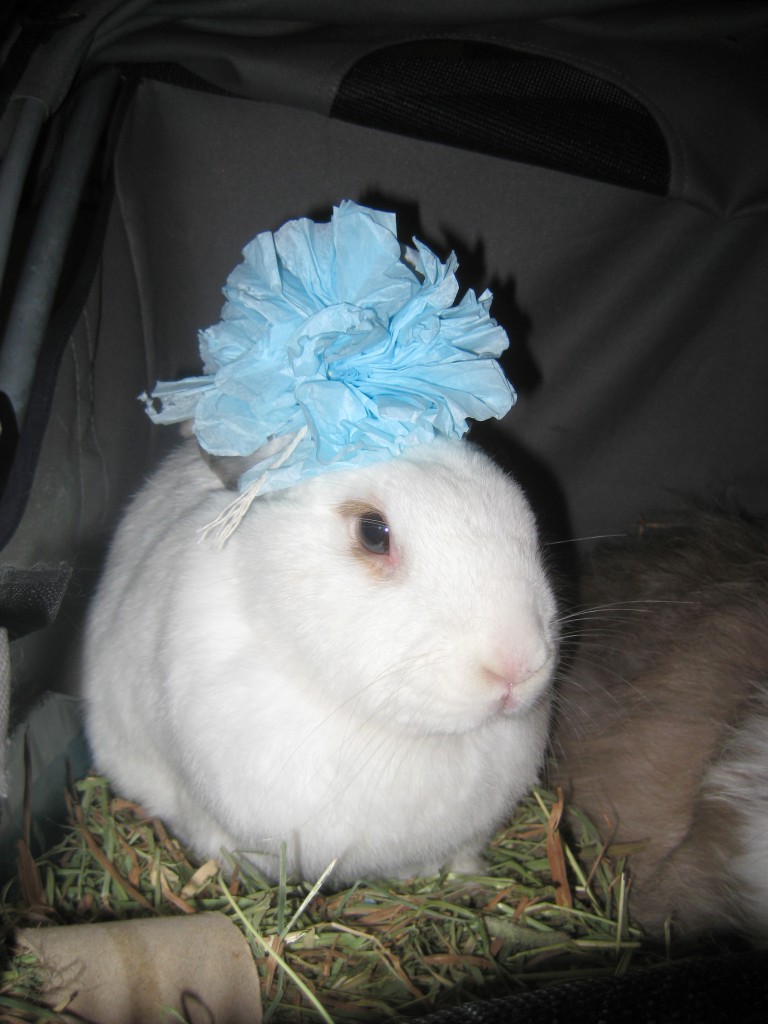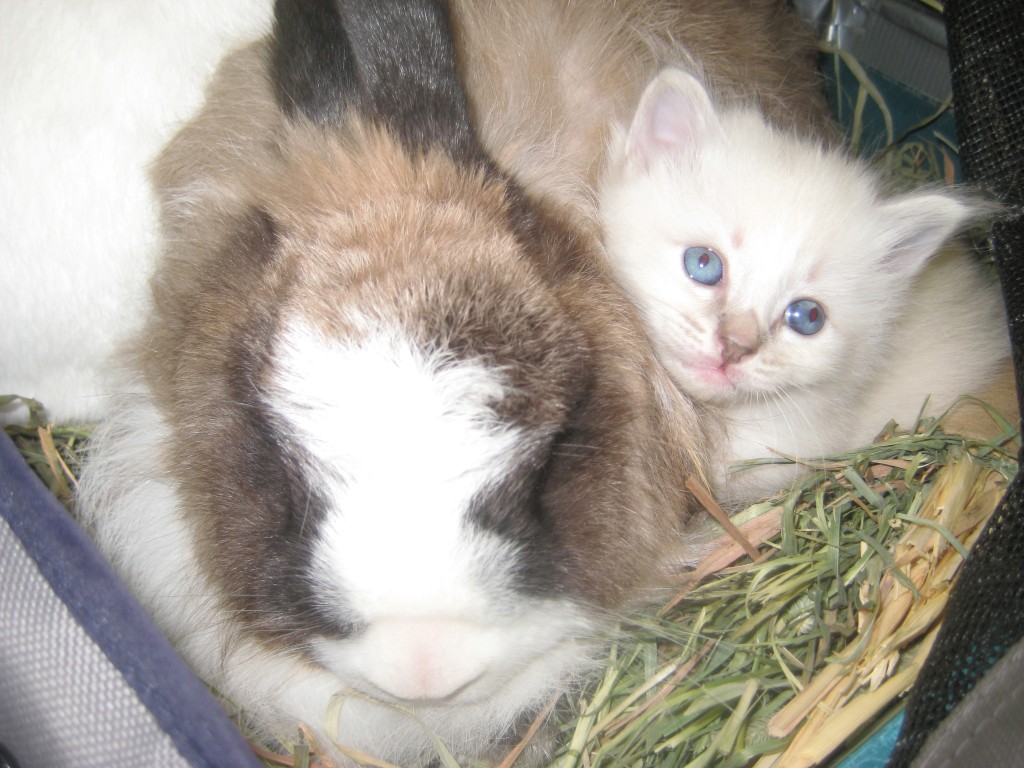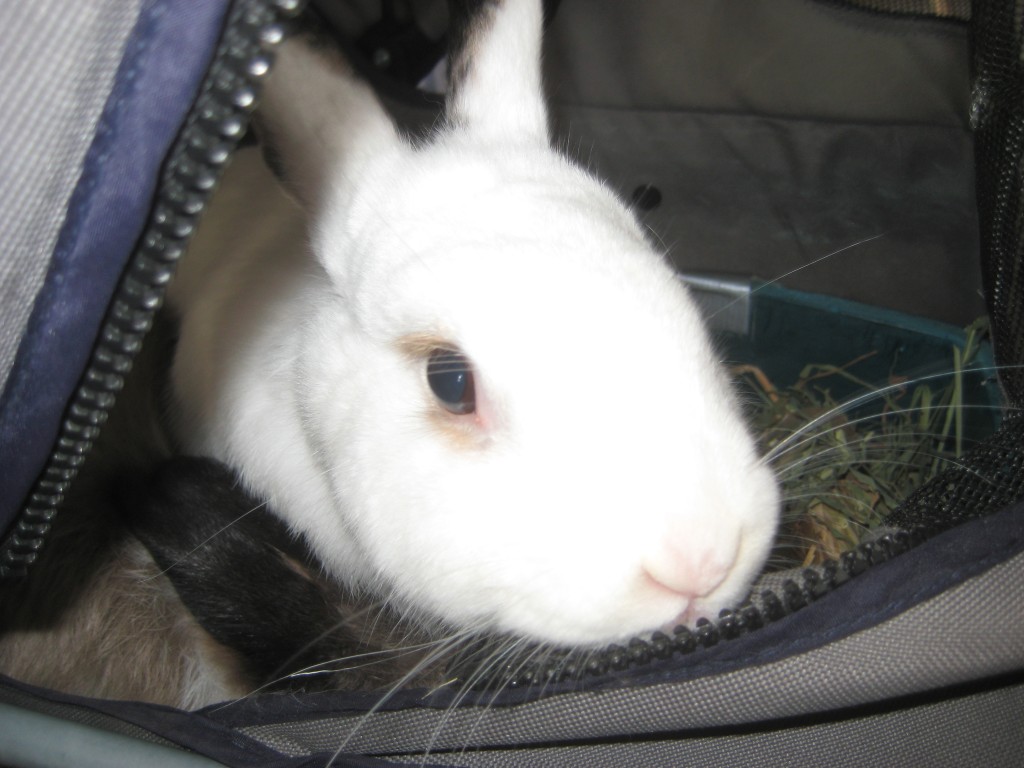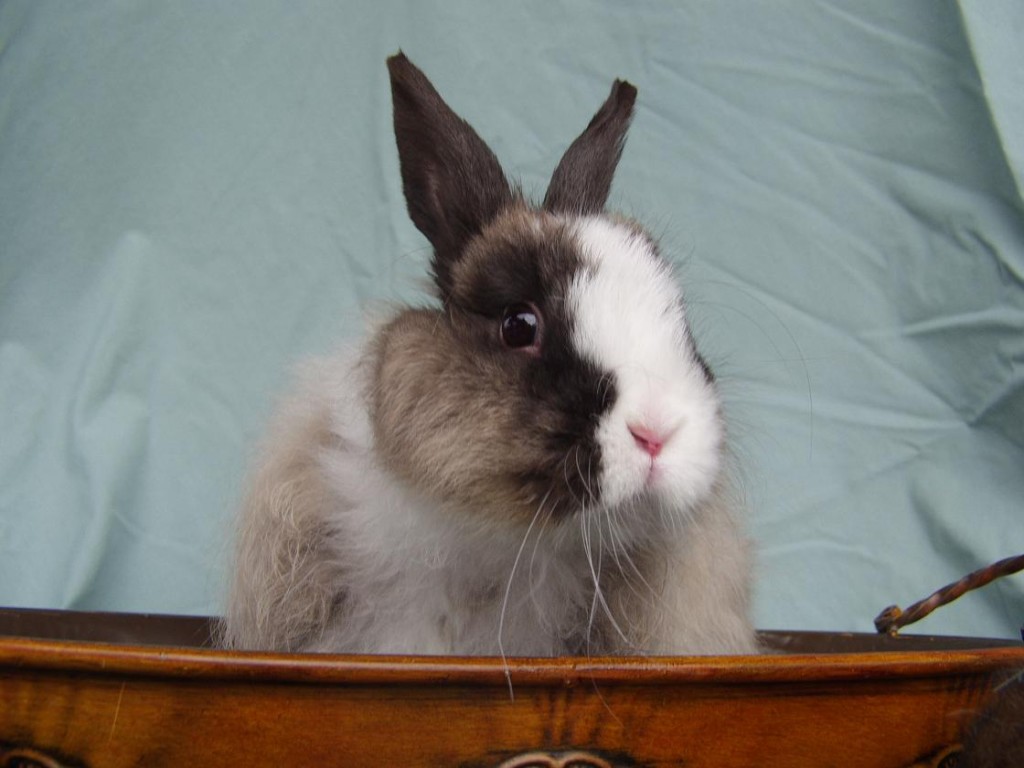Virtually every week, someone posts on my blog in a last ditch effort to save a poor bunny’s life. The story goes the same every time.
Their daughter just got a bunny last week or a couple months ago and he is now sick and dying. He has not eaten or pooped in a couple days and is now breathing his last breaths in their arms.
Tears are streaming down my cheeks as I write this because this is an all too true story. I have played out this story hundreds of times in the past couple years since I have published my book. I hear these desperate pleas from folks who are just starting out with their first pet rabbit and he is so sick that he is dying.
What I want to say right now if you are reading this searching for what to do to help your sick bunny, you need to stop whatever you are doing, call a RABBIT vet specialist and get your rabbit to the vet ASAP. Minutes and hours make a difference. If it is the middle of the night, you need to get your bunny to the vet and be there at the front door when the first person comes in. THIS IS AN EMERGENCY.
By the time you realize or think your bunny is sick, he is very sick and possibly dying. Rabbits are prey animals and they hide the fact that they are sick from their owners. If you are not experienced with bunnies, you will not notice this until it is too late. If you rabbit is not eating and refusing his favorite treats, then he is sick and may be hours from dying.
You should have already found where the nearest rabbit specialist vet is located and have his phone number and address handy for these kind of emergencies. If you have not yet located your rabbit’s vet, you are wasting precious minutes doing something that you should have done before you ever brought a bunny home. I am not joking.
It amazes me that people will do everything that they can to avoid taking their bunny to the vet and then when they do, nine times out of ten, they go to the same vet that treats their cats and dogs. I am here to tell you from living this experience dozens of times, it is always going to end badly for the rabbit. Those precious hours that you delay avoiding that vet bill are what usually cost the rabbit his life.
The sooner an experienced vet starts the critical treatment for a sick rabbit, the more chance he has of surviving. An astoundingly large percentage of sick bunnies die at their dog and cat vets, because they simply do not have the experience or knowledge to treat a pet rabbit. You do not want to have your vet looking up treatments for your bunny on the internet as he lay there dying.
I hope you get the pervasive theme here. If you are not rushing your sick bunny to the rabbit specialist vet as soon as you learn that he is sick, there is a very good chance they he will die. You should know how to tell if you bunny is sick and check him every single day, if not a couple times a day for his health and welfare. One of the main reasons that indoor pet bunnies live so much longer than outdoor hutch bunnies is that their owners figure out that the indoor bunnies are sick so much sooner than the outdoor rabbits. The first time that most owners realize that an outdoor bunny is sick is when they find him dead in the cage.
HOW TO FIND A RABBIT SPECIALIST VET:
Visit the nearest rabbit rescue website to you and contact them. They will know who the vets in the area are who are proficient at rabbit vet care. Ask them to rate the local vets if there are more than one.
Of course, this is a useless exercise if your rabbit is already sick and dying. You need to do this long before your bunny becomes sick.
Often, rescue websites will maintain an online list of local rabbit vets. The House Rabbit Society does this, so if you visit rabbit.org and then visit their local chapter website, you should find a list of rabbit vets for the area.
HOW TO TELL IF YOUR RABBIT IS SICK:
If your rabbit is not eating or pooping, then he is sick. It is that simple. Bunnies will not eat or drink if they are nervous or not feeling well. When they stop eating, they also stop pooping. This is why we clean their litter box every day. If you have not cleaned their box in three days, how will you know if the poop in there is from today or two days ago.
A good bunny owner checks his rabbit’s appetite and litter box once or twice a day.
If you suspect that your rabbit is sick, we will usually offer him his favorite treat. If he does not want it I do not panic, but it puts me on alert. I will usually try again in about ten or fifteen minutes to see if he will take it then. Rabbits live for their treats, so if they refuse them it is usually a very bad sign.
What I don’t understand is that at this point you need to be rushing your bunny to the vet. Instead, most people will start searching online for treatments or solutions to their bunny’s sickness. This is the worst possible thing that you can do because the longer a rabbit is sick, the more likely he will succumb to whatever it causing it.
It can be many different things that make a rabbit stop eating and pooping. It can be something as simple as nervousness to teeth to disease to improper diet to food allergy to respiratory issues to hundreds of possible reasons. This is why it takes a specialist to save your bunny. Rabbits are fragile exotic critters who need a special skill set to take proper care of them. The sooner the public learns this before getting one, the better it will be for the bunny and the family that brings them home, but mostly for the bunnies.

